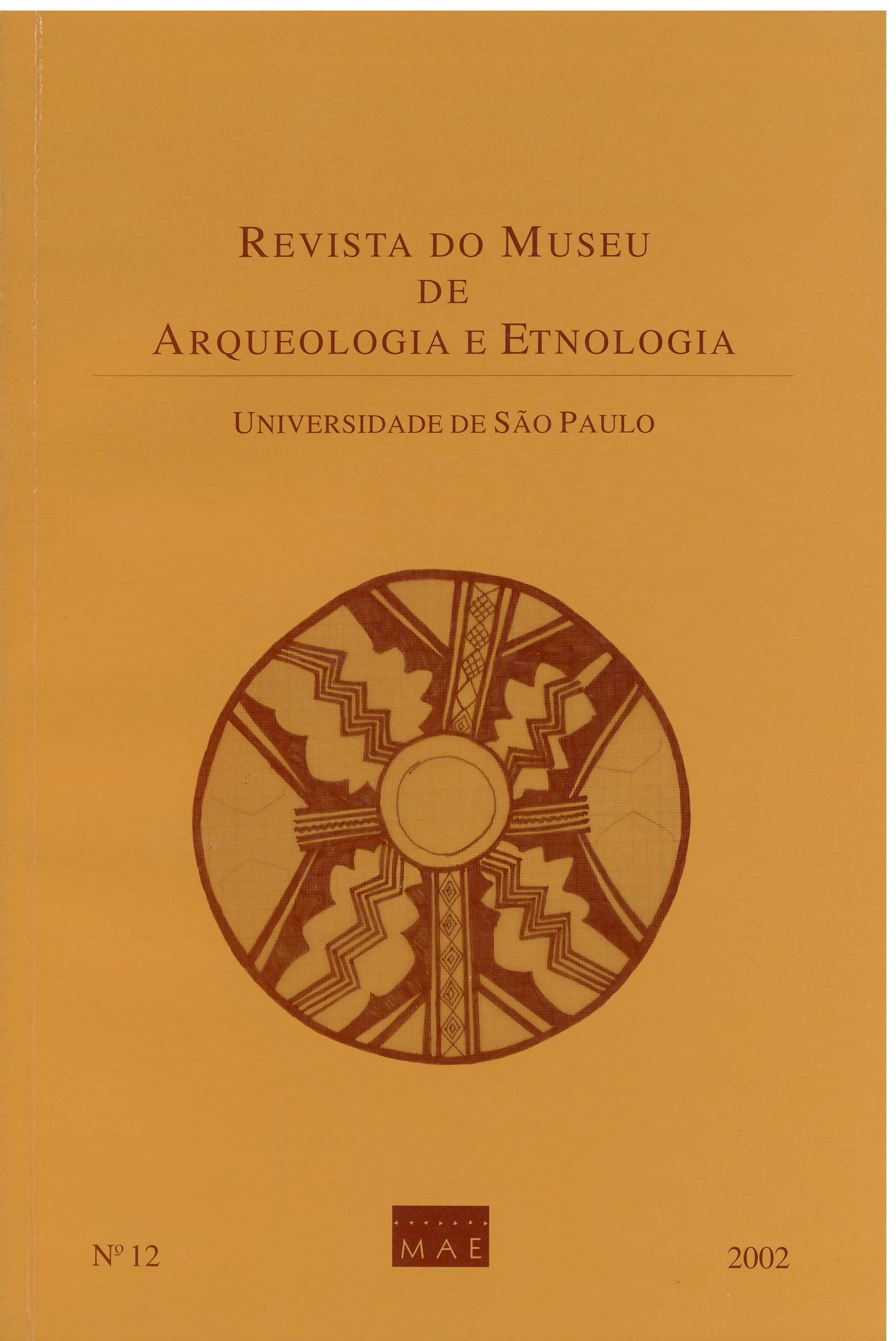O aniconismo revisto: as diferentes abordagens na interpretação da iconografia primitiva budista.
DOI:
https://doi.org/10.11606/issn.2448-1750.revmae.2002.109445Palavras-chave:
Iconografia - Budismo - Gandhâra - Mathurã - Aniconismo.Resumo
O objetivo deste artigo é discutir as principais correntes teóricas utilizadas para explicar a origem da imagem do Buda sob uma perspectiva histórica e arqueológica. Durante o final do século XIX, os acadêmicos ocidentais acreditaram que teria sido necessária uma influência greco-romana em Gandhãrapara o surgimento da imagem do Buda. Essa premissa foi associada à Teoria do Aniconismo, cunhada pelos estudiosos europeus para explicar a ausência de representações antropomórficas do Buda nos baixos-relevos do Budismo primitivo. Pesquisas realizadas ao longo do século XX, demonstraram que a representação iconográfica do Buda Sãkyamuni deu-se inicialmente na região de Mathurã. A partir da década de 80, diferentes abordagens foram desenvolvidas para interpretar a arte primitiva budista.Downloads
Os dados de download ainda não estão disponíveis.
Downloads
Publicado
2002-12-18
Edição
Seção
Artigos
Licença
Copyright (c) 2002 Cibele E.V. Aldrovandi

Este trabalho está licenciado sob uma licença Creative Commons Attribution-NonCommercial-NoDerivatives 4.0 International License.
Como Citar
ALDROVANDI, Cibele E.V. O aniconismo revisto: as diferentes abordagens na interpretação da iconografia primitiva budista. Revista do Museu de Arqueologia e Etnologia, São Paulo, Brasil, n. 12, p. 177–203, 2002. DOI: 10.11606/issn.2448-1750.revmae.2002.109445. Disponível em: https://periodicos.usp.br/revmae/article/view/109445.. Acesso em: 3 jul. 2024.


















